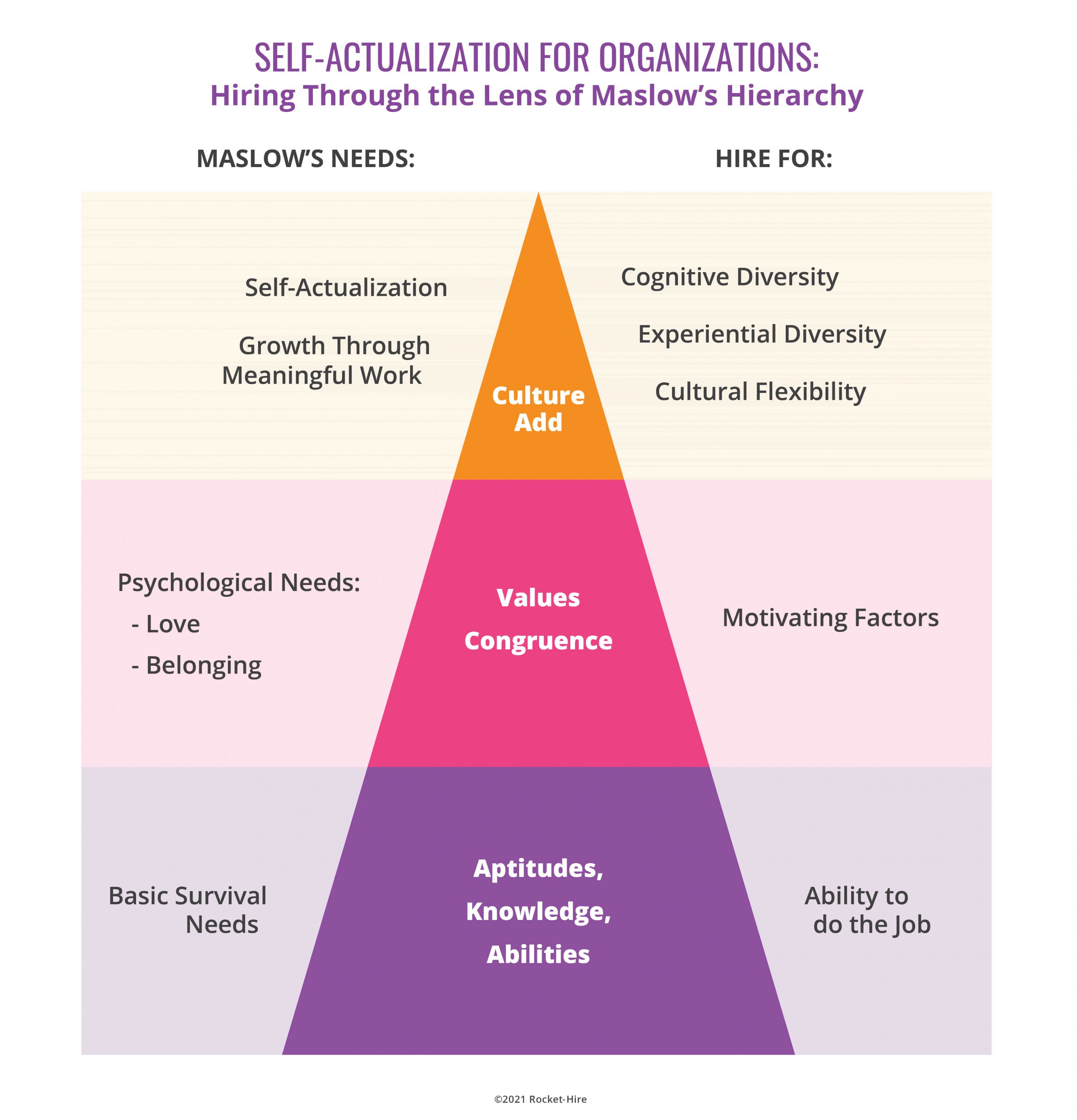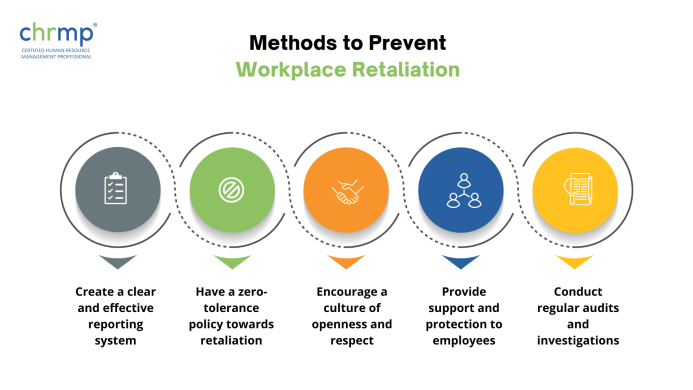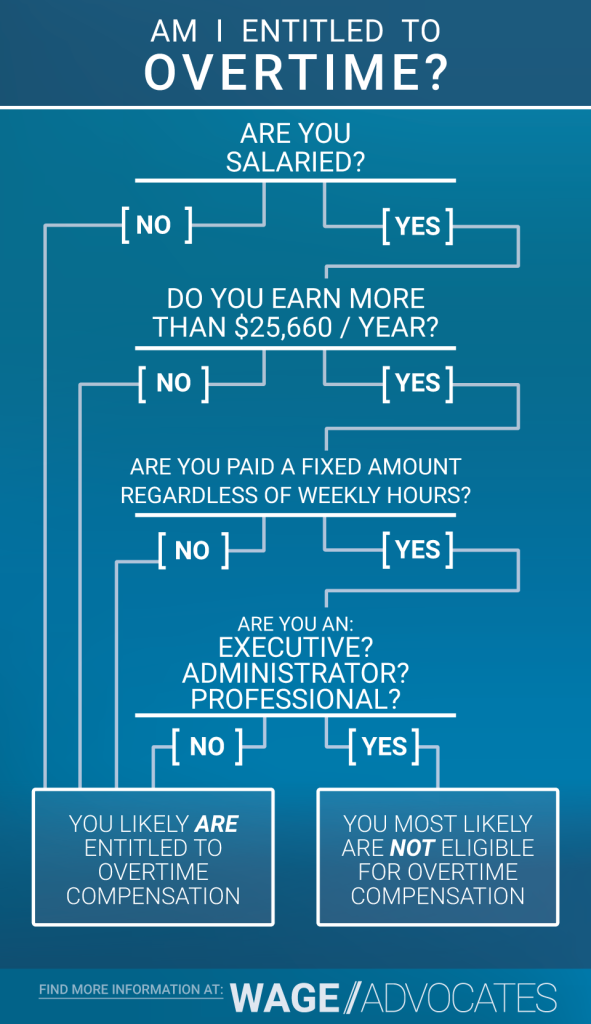
Cultural Fit vs. Cultural Add: How to Build a Strong, Innovative Team for the Future
Ever wondered why some teams just click, while others, despite having talented individuals, struggle to innovate or even get along? The secret often lies in how companies approach hiring beyond just skills and experience. When you’re building a team, it’s not just what someone can do, but how they do it and who they are that truly matters.
This brings us to two crucial concepts in modern recruitment: Cultural Fit and Cultural Add. While they might sound similar, understanding the difference is key to building a resilient, innovative, and truly successful organization.
This article will break down both concepts, explore their pros and cons, and help you decide which approach is best for your business – or if a blend of both is the ultimate winning strategy.
Understanding "Cultural Fit": The Harmony Approach
Imagine your company’s existing team as a well-oiled machine, or perhaps a close-knit family. Everyone understands the unspoken rules, the inside jokes, and how things generally get done. When you hire for Cultural Fit, you’re looking for someone who will seamlessly blend into this existing dynamic.
What Does Cultural Fit Mean?
In simple terms, cultural fit refers to the likelihood that a potential employee will comfortably align with and adapt to the prevailing values, beliefs, behaviors, and working style of your existing team and company. It’s about finding someone who "gets" your culture, feels comfortable in it, and contributes positively to the established environment.
Examples of Cultural Fit:
- A company with a very formal dress code and strict hierarchy hires someone who prefers structured environments and professional attire.
- A startup with a fast-paced, collaborative, and informal culture hires someone who thrives on teamwork, quick decision-making, and open communication.
- An organization that values work-life balance and flexible hours hires someone who also prioritizes personal time and self-management.
The Pros of Hiring for Cultural Fit:
- Smooth Onboarding: New hires often integrate quickly and understand the ropes faster.
- Reduced Conflict: People who share similar working styles and values are less likely to clash.
- Strong Team Cohesion: A unified team often feels more comfortable and supportive of one another.
- Faster Productivity: Less time spent adjusting means new hires can contribute effectively sooner.
- Preservation of Existing Culture: If you have a strong, positive culture you wish to maintain, cultural fit helps protect it.
The Cons of Hiring for Cultural Fit:
- "Groupthink" and Stagnation: If everyone thinks alike, new ideas or challenging the status quo becomes rare. This can stifle innovation and growth.
- Lack of Diversity: Focusing solely on fit can inadvertently lead to hiring people who are similar in background, thought, and even demographics. This limits perspective.
- Exclusion and Bias: "Fit" can sometimes become a code word for "someone like us." This can lead to unconscious bias, where candidates who don’t fit a specific mold (e.g., race, gender, age, personality type) are overlooked, even if highly qualified.
- Resistance to Change: A homogeneous group might be less adaptable when the market or company strategy needs to shift.
- Missed Opportunities: You might overlook incredibly talented individuals who could bring unique value, simply because they don’t perfectly match your current vibe.
Understanding "Cultural Add": The Innovation Catalyst
Now, let’s look at the other side of the coin. Instead of just fitting in, what if you hired someone who brings something new to the table? This is where Cultural Add comes in.
What Does Cultural Add Mean?
Cultural add means bringing someone into your team who not only aligns with your core values but also introduces new perspectives, experiences, skills, and ideas that enrich and diversify your existing culture. It’s about finding someone who expands your culture, rather than just mirroring it. They don’t necessarily "fit in" perfectly at first, but they bring a valuable "addition" that strengthens the whole.
Examples of Cultural Add:
- A tech company known for its engineering prowess hires an art history major for a marketing role, who brings unique storytelling and creative problem-solving skills.
- A team that’s always done things "the old way" hires someone from a different industry who introduces new processes or technologies they hadn’t considered.
- A company primarily staffed by introverts hires a well-networked extrovert who can boost external partnerships and bring new energy.
- An organization that’s very data-driven hires someone with a strong background in emotional intelligence and team dynamics, helping to improve internal communication.
The Pros of Hiring for Cultural Add:
- Enhanced Innovation: Different perspectives spark new ideas, solutions, and approaches to problems.
- Increased Diversity of Thought: A wider range of viewpoints leads to better decision-making and more robust strategies.
- Greater Resilience: Teams with diverse backgrounds and experiences are often better equipped to adapt to challenges and market changes.
- Broader Market Understanding: Employees from different walks of life can help a company better understand and serve a diverse customer base.
- Organizational Growth and Learning: Cultural "additions" challenge the status quo, pushing the entire team to learn and evolve.
- Reduced Bias: Actively seeking cultural add helps combat unconscious biases that limit your talent pool.
The Cons of Hiring for Cultural Add:
- Potential for Initial Friction: New ideas or different working styles can sometimes lead to initial discomfort or misunderstandings within the existing team.
- Requires Strong Leadership: Leaders must be adept at fostering an inclusive environment where diverse voices are heard and valued, mediating any initial friction.
- Longer Onboarding Period: It might take a bit longer for a "cultural add" to fully integrate and for the team to adapt to their unique contributions.
- Risk of Misalignment (if not managed): If there’s no alignment on core values, even a valuable "add" can become a "mismatch," leading to significant problems.
Cultural Fit vs. Cultural Add: Which One Should You Prioritize?
This isn’t necessarily an "either/or" question. The most effective hiring strategies often incorporate elements of both, but with a clear understanding of your priorities.
| Feature | Cultural Fit | Cultural Add |
|---|---|---|
| Primary Goal | Maintain existing harmony and efficiency | Introduce new perspectives and foster innovation |
| Focus | Similarities to current team/culture | Unique contributions and complementary traits |
| Risk | Groupthink, lack of diversity, stagnation | Initial friction, requires strong management |
| Benefit | Smooth integration, strong cohesion | Innovation, resilience, broader market understanding |
| Key Question | "Will they blend in seamlessly?" | "What new insights will they bring?" |
When to Lean Towards "Cultural Fit":
- Highly Specialized, Stable Roles: For roles where precise adherence to established procedures is paramount and innovation isn’t the primary driver.
- Very Small, New Teams: In the very early stages of a startup, you might need people who share a very specific vision and can execute with minimal friction.
- Crisis Management: When a team needs to pull together quickly under pressure, established cohesion can be vital.
When to Prioritize "Cultural Add":
- Innovation-Driven Companies: If your business thrives on new ideas and staying ahead of the curve.
- Growing Companies: As you expand, bringing in new perspectives can prevent stagnation and help you scale effectively.
- Companies Seeking Diversity: Actively working to build a more diverse workforce in all its forms.
- Teams Facing Complex Challenges: Diverse viewpoints often lead to more robust and creative solutions.
- Leadership Roles: Leaders who can challenge assumptions and inspire new ways of thinking are invaluable.
The Ideal Approach: Cultural Add, Rooted in Core Values
The most forward-thinking organizations understand that true "cultural add" isn’t about hiring someone who clashes with your fundamental principles. Instead, it’s about finding individuals who align with your core values (e.g., integrity, customer focus, continuous learning, respect) but bring different perspectives, experiences, and approaches to how those values are lived out.
You want someone who believes in what you stand for, but brings a fresh take on how to get there.
Practical Tips for Hiring for Cultural Add (and Value Alignment)
So, how do you actually put this into practice? Here are some actionable steps for beginners:
-
Clearly Define Your Core Company Values (First!):
- Before you even think about "fit" or "add," what are the non-negotiable principles that define your company? These are not just buzzwords; they are the fundamental beliefs that guide all decisions.
- Example: "Customer Obsession," "Transparency," "Continuous Learning," "Respect for All," "Bias for Action."
- Action: Write them down, discuss them with your team, and ensure everyone understands what they truly mean in practice.
-
Look Beyond "Likeability" and Superficial Traits:
- It’s easy to hire someone you’d enjoy having a coffee with. But is that person challenging your team in a positive way?
- Action: During interviews, consciously ask yourself: "Are we just hiring someone comfortable, or someone who will truly make us better?"
-
Ask Behavioral Questions Related to Values & Adaptability:
- Instead of "Are you a team player?" ask: "Tell me about a time you worked with someone who had a very different working style than yours. How did you adapt?"
- Examples:
- "Describe a situation where you had to challenge the status quo or a long-held belief. What was the outcome?"
- "Tell me about a time you made a mistake. How did you learn from it?" (Tests continuous learning value).
- "How do you handle feedback, especially when it’s critical or comes from an unexpected source?"
- Action: Prepare a set of open-ended questions that reveal how candidates embody your core values and how they approach new ideas or different perspectives.
-
Involve Diverse Interviewers:
- Don’t just have managers interview. Include team members from different departments, backgrounds, and levels of experience. This helps identify different types of "add."
- Action: Create an interview panel that represents the diversity you want to cultivate in your organization.
-
Promote Psychological Safety in Your Team:
- If you hire for cultural add, your existing team needs to be ready to embrace new ideas without fear of judgment.
- Action: Foster an environment where employees feel safe to speak up, challenge ideas respectfully, and even make mistakes, knowing they’ll be supported.
-
Focus on Growth Mindset:
- Look for candidates who are curious, open to learning, and willing to adapt. This is crucial for integrating new "adds" and for the existing team to learn from them.
- Action: Ask questions that reveal a candidate’s willingness to learn, adapt, and grow, rather than just showcasing what they already know.
Conclusion: Building a Future-Ready Team
In today’s fast-evolving business landscape, simply "fitting in" isn’t enough. While cultural fit can create comfort and cohesion, relying on it too heavily risks stagnation and limits your ability to innovate.
By strategically focusing on Cultural Add, while ensuring alignment with your fundamental core values, you can build a team that is not only harmonious but also dynamic, resilient, and brimming with fresh ideas. This approach fosters true diversity of thought, unlocks innovation, and ultimately positions your company for long-term success in an ever-changing world.
Remember, hiring is not just about filling a role; it’s about building the future of your organization, one thoughtful addition at a time.




Post Comment